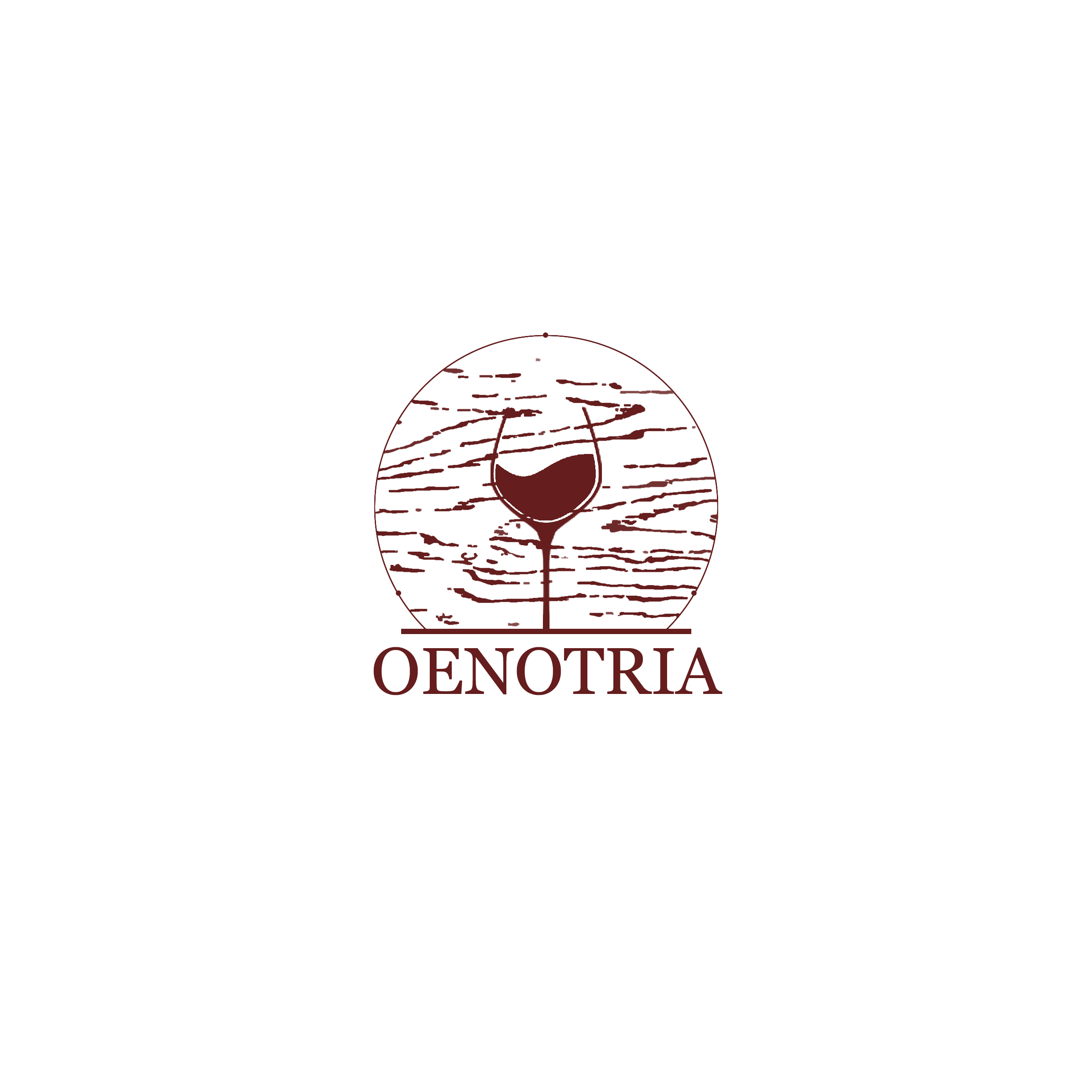The Classical and Hellenistic Golden Age of Viticulture (c. 1100 BCE – 146 BCE)
The fall of the Mycenaean civilisation (c. 1100 BCE) marked the beginning of the Greek Dark Ages, a period of economic and cultural stagnation. Yet, even in this time of upheaval, wine remained a fundamental element of Greek life. By the Geometric period (c. 900–700 BCE), Greece had begun its ascent toward what would become one of the most intellectually and culturally advanced societies of antiquity.
During the Archaic (c. 700–500 BCE) and Classical (c. 500–323 BCE) periods, viticulture was systematised, celebrated, and elevated into an art form, shaping Greek philosophy, economy, and social customs. The wine-drinking ritual known as the symposium became an institution of Greek society, while specific regions—Chios, Lesbos, Thasos, Samos, and Crete—gained legendary status for their wine production. By the Hellenistic period (c. 323–146 BCE), Greek viticulture had spread across the Mediterranean, influencing the Romans, Persians, and even the Egyptian Ptolemies.
This era was the golden age of Greek wine, laying the foundations for the global wine culture that would follow.
1. The Symposium: Wine as an Intellectual and Social Institution
More than a mere indulgence, wine in Classical Greece was a vehicle for philosophical debate, artistic creation, and political discussion. Nowhere was this more evident than in the symposium (συμπόσιον)—a structured drinking gathering that was a hallmark of Athenian society.
The symposium, immortalised in Plato’s eponymous dialogue, was a celebration of Dionysus, but also an occasion for intellectual and political discourse. Held in the andron (a special men’s chamber of the Greek household), the symposium was presided over by a symposiarch, who dictated the ratio of water to wine—a practice essential for maintaining control over intoxication and conversation.
The dilution of wine (usually mixed 3:1 with water) was seen as a marker of civilisation—unlike the barbarians, who drank their wine unmixed and to excess. The Greeks believed that moderation in wine mirrored moderation in thought, allowing drinkers to reach a state of elevated discussion without descending into mere drunkenness.
Wine was the lifeblood of Greek intellectual culture, fueling debates between Socrates, Aristophanes, and Alcibiades, as Plato describes. Poetry, music, and erotic discourse often accompanied symposia, and certain wines—particularly from Chios and Lesbos—were prized for their ability to enhance the experience.
2. The Rise of Regional Wines: Chios, Lesbos, Thasos, and Beyond
By the 5th century BCE, Greece had become one of the most sophisticated wine-producing regions of the ancient world. Specific islands and city-states became famous for distinct styles of wine, often linked to their terroir, climate, and grape varietals.
Chios: The Wine of Philosophers and Poets
Chios (Χίος) produced some of the most expensive and sought-after wines in Greece.
Known for its dark, aromatic, and highly concentrated character, Chiot wine was often aged and exported in sealed amphorae.
It was widely praised by Homer, Hesiod, and Aristotle, and became a symbol of elite consumption in Athens.
Lesbos: The Sweet Wines of the Aegean
Lesbos (Λέσβος) was famed for its golden-hued, sweet Muscat wines.
It was believed that Theophrastus, Aristotle’s successor, had written extensively about Lesbian winemaking methods.
Lesbian wines were exported across the Mediterranean, often reaching Persian and Egyptian markets.
Thasos: The Fortified Wine of the North
Thasian wine (Θάσος) was particularly strong and full-bodied, resembling modern fortified wines.
The Thasians introduced early vineyard management techniques, including pruning and selective harvesting.
Thasian wines were particularly prized by Greek merchants and diplomats, often served at official state banquets.
Other regions such as Samos, Crete, Corinth, and Rhodes also produced highly esteemed wines, but Chios, Lesbos, and Thasos remained the undisputed leaders of the Classical wine trade.
3. The Expansion of Greek Wine in the Mediterranean
Greek colonisation between 750 BCE and 500 BCE spread viticulture across the Mediterranean, introducing advanced winemaking techniques to Italy, France, and North Africa. Archaeological finds from Massalia (modern Marseille), Neapolis (Naples), and Sicily indicate that Greek settlers introduced:
Trellising and pruning techniques
Fermentation and amphora storage innovations
The practice of wine aging and trade regulation
By the 4th century BCE, Greek wines were widely exported to Carthage, Spain, and even Central Europe, leading to a dynamic and competitive wine market.
Greek influence on Roman viticulture was particularly profound—many of the finest Roman wines, such as Falernian and Caecuban, were cultivated using Greek methods and often contained Greek grape varieties.
4. The Hellenistic Era and the Globalisation of Greek Wine (323 BCE – 146 BCE)
Following Alexander the Great’s conquests (c. 334–323 BCE), Greek culture—and by extension, Greek wine—became a dominant force from the Balkans to India and Egypt. Greek winemaking traditions were adopted by the Ptolemies in Alexandria, the Seleucids in Persia, and the Indo-Greek kingdoms of Central Asia.
In Egypt, the Ptolemies revitalised local viticulture, establishing vast vineyards in the Nile Delta. Greek amphorae with royal Ptolemaic seals indicate that Greek-style wines were widely consumed by the Egyptian elite.
In Persia, Seleucid rulers imported Greek winemaking knowledge, leading to the revival of Persian vineyards, which had suffered under Achaemenid rule. The fusion of Greek and Persian traditions gave rise to hybrid winemaking techniques, some of which survive in modern Iranian viticulture.
By the end of the Hellenistic period, Greek wine had become a global commodity, enjoyed across Europe, Africa, and Asia. The next stage in its history would come under Roman rule, where Greek wines would reach even greater heights—but also face new challenges as Roman viticulture overtook Greece’s dominance.
Coming in Part III
The Romanisation of Greek Viticulture: Triumph or Decline?
Byzantine Wine: The Survival of Ancient Traditions
Ottoman Rule and the Struggle for Greek Wine’s Identity
The Modern Revival of Greek Wine
This second part has detailed the golden age of Greek wine, from the philosophical traditions of the symposium to the expansion of viticulture across the Mediterranean. Part III will examine how Greek wines fared under Rome, Byzantium, and the Ottoman Empire, before ultimately re-emerging in the modern era as one of the world’s most distinctive wine cultures.


